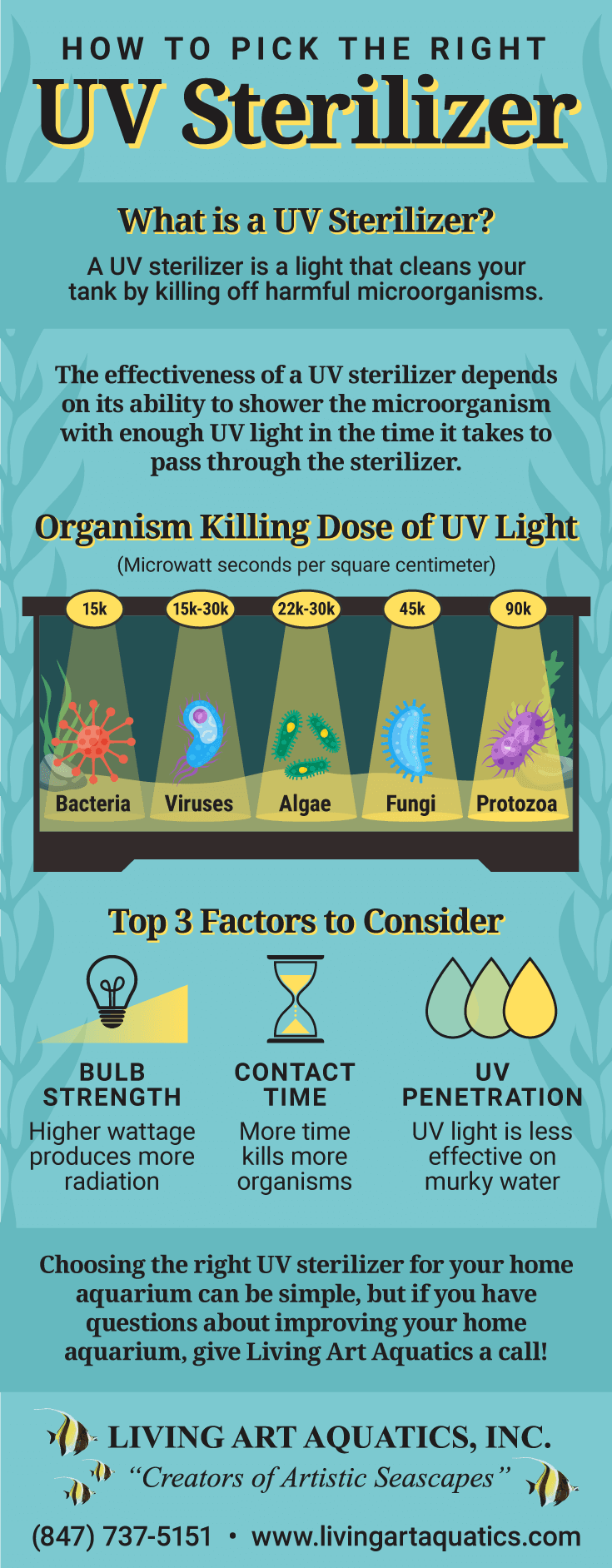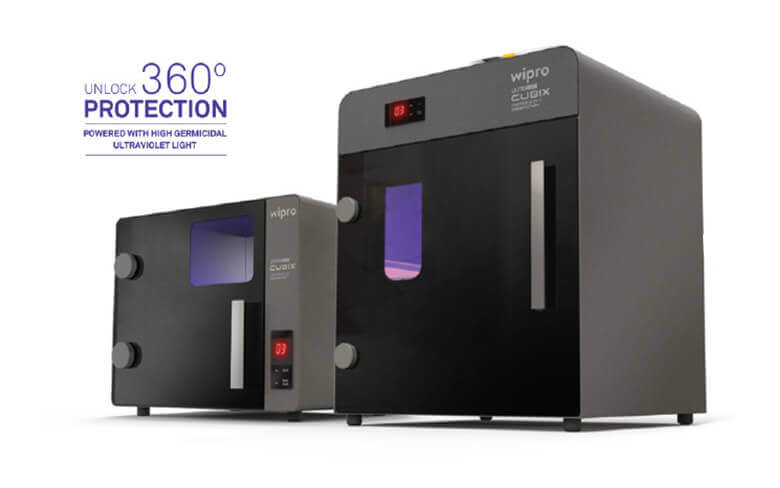Facts About Uvc Light Revealed
Facts About Uvc Light Revealed
Blog Article
Getting The Uvc Light To Work
Table of ContentsAll About Uvc LightTop Guidelines Of Uvc LightThe 9-Second Trick For Uvc LightUvc Light for BeginnersThe Definitive Guide for Uvc LightAll about Uvc Light
A new kind of ultraviolet light that may be risk-free for people took less than 5 minutes to lower the degree of indoor airborne microorganisms by more than 98%, a joint research by scientists at Columbia College Vagelos University of Physicians and Surgeons and in the U.K. has located. Even as germs continued to be sprayed right into the room, the degree remained extremely reduced as long as the lights were on.Till now these research studies had actually just been conducted in little speculative chambers, not in full-sized rooms imitating real-world problems. In the existing study, scientists at the University of St. Andrews, College of Dundee, College of Leeds, and Columbia University checked the efficiency of far-UVC light in a large room-sized chamber with the exact same ventilation price as a regular home or office (regarding 3 air adjustments per hour).
The efficiency of various approaches to decreasing interior infection degrees is normally gauged in terms of comparable air adjustments per hour. In this research, far-UVC lights produced the matching of 184 equivalent air exchanges per hour. This surpasses any type of other method to sanitizing occupied indoor spaces, where 5 to 20 equal air changes per hour is the best that can be accomplished practically.
Uvc Light Things To Know Before You Buy

The major parameters of UV-C sanitation are wavelength, dose, loved one moisture, and temperature. There is no agreement regarding their optimum worths, however, generally, light at a high dose and a range of wavelengths including 260 nm is preferred in an atmosphere at space temperature level with reduced family member humidity. This light can be created by mercury-vapour, light-emitting diode (LED), pulsed-xenon, or excimer lamps.
There are health and wellness and safety risks associated with the UV-C innovation when used in the proximity of individuals. UV-C sanitation systems have promising features and the prospective to improve in the future. Nevertheless, information bordering the different criteria affecting the innovations' efficiency in hospital atmosphere are needed. As a result UV-C disinfection should presently be taken into consideration for low-level instead of top-level disinfection.
An additional application emerged in 1910 when UV light was utilized to disinfect water. The innovation was not extremely trusted at the time and it took additionally technical developments prior to UV water disinfection came to be prominent once more in the 1950s [ 2] Nowadays, UV light is utilized for water, air, food, surface area, and clinical equipment disinfection.
The Main Principles Of Uvc Light
This results in the interruption of DNA or RNA, leading to the inactivation of the micro-organism. UV-C-induced DNA disruption usually consists of the bonding of 2 neighbouring thymine (or cytosine) bases rather of the traditional connecting of a base with its complementary base on the various other strand.

Dark fixing, on the other hand, requires several enzymes and nutrients for energy [6] It is necessary to know whether last inactivation results have actually thought about the incident of reactivation considering that it may lead to 60% of the attained inactivation being reversed [7] Moreover, anomalies can arise upon UV-C direct exposure since this direct exposure can cause the origination of intra-strand cyclobutyl-pyrimidine dimers in DNA [ 6] The UV-C area is used these details for disinfection however there is no agreement on the specific optimum wavelength. Light at 260 nm can create the most disruption. Various micro-organisms are most vulnerable to slightly different wavelengths.
Not known Facts About Uvc Light
On the various other hand, it has technical effects considering that the total power of the light beam is after that split over all existing wavelengths. A micro-organism that is prone to 254 nm light will be suspended more by a light that gives off solely light at 254 nm than a light that produces a wavelength range at equal overall power.
Exposure times of 1045 minutes for room disinfection and 25 s to 5 min for medical devices were encountered in literature. The strength is inversely symmetrical additional hints to the squared range in between the light source and the surface area and is for that reason specified at the surface in the dose computation equation [14]
Additionally, the output of a lamp reduces with time, so it is recommended to determine the dosage at the end of light life, which is representative of a worst-case situation. The dosage additionally influences the amount of photoreactivation. Quek et al. discovered that the percent of photoreactivation lowered from 5.31% to 0% for an increase in dose from 1.6 to 19.7 mJ/cm2 [8]
Zhang et al. observed a change in UV irradiance of 34% when the RH enhanced from 50% to 90% [18] The amount of RH impact on UV effectiveness relies on today micro-organism and is extra apparent for germs than for viruses [16] Finally, my site the impact of temperature level depends upon the source of light.
Some Ideas on Uvc Light You Should Know


This is understood as far UV-C modern technology and is a reasonably new disinfection approach with restricted understanding regarding its effectiveness.
In study, the results on pulsed versus continual UV-C disinfection effectiveness differ. When comparing pulsed and continual light it is essential to maintain various other variables such as wavelength and dose consistent.
Get This Report on Uvc Light
In situation ozone is not needed for sanitation, a modified lamp can be utilized. For mercury-vapour lights, drugged quartz glass or specialized soft glass can remove short-wave UV-C light. For pulsed-xenon, doped quartz can be utilized also [30] UV-C has encouraging attributes for disinfection such as automatic disinfection, being less lengthy than commonly utilized handbook or chemical sanitations, leaving no harmful residuals, and being eco-friendly (if no mercury-vapour lamps are utilized) [31,32]
Report this page